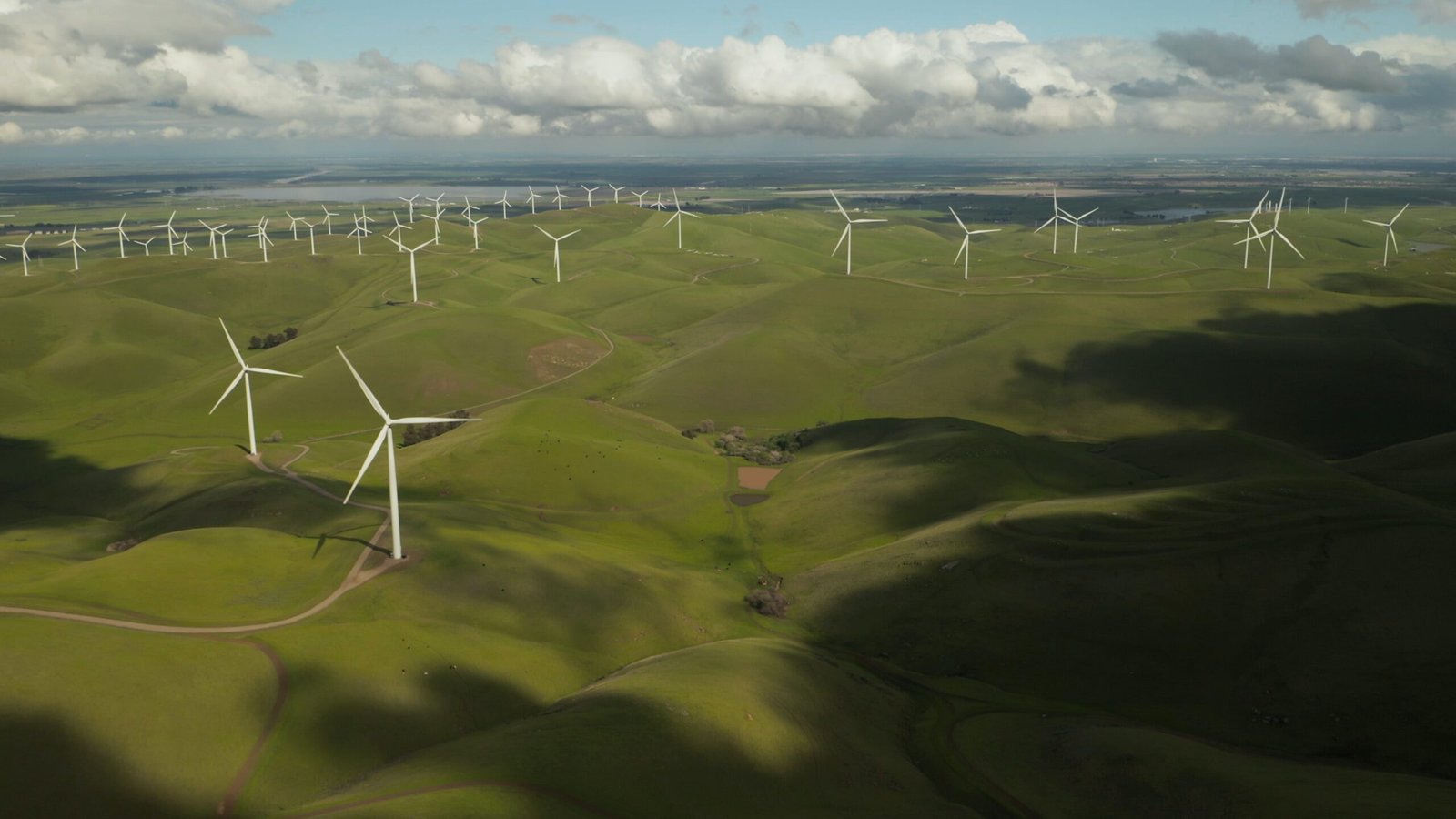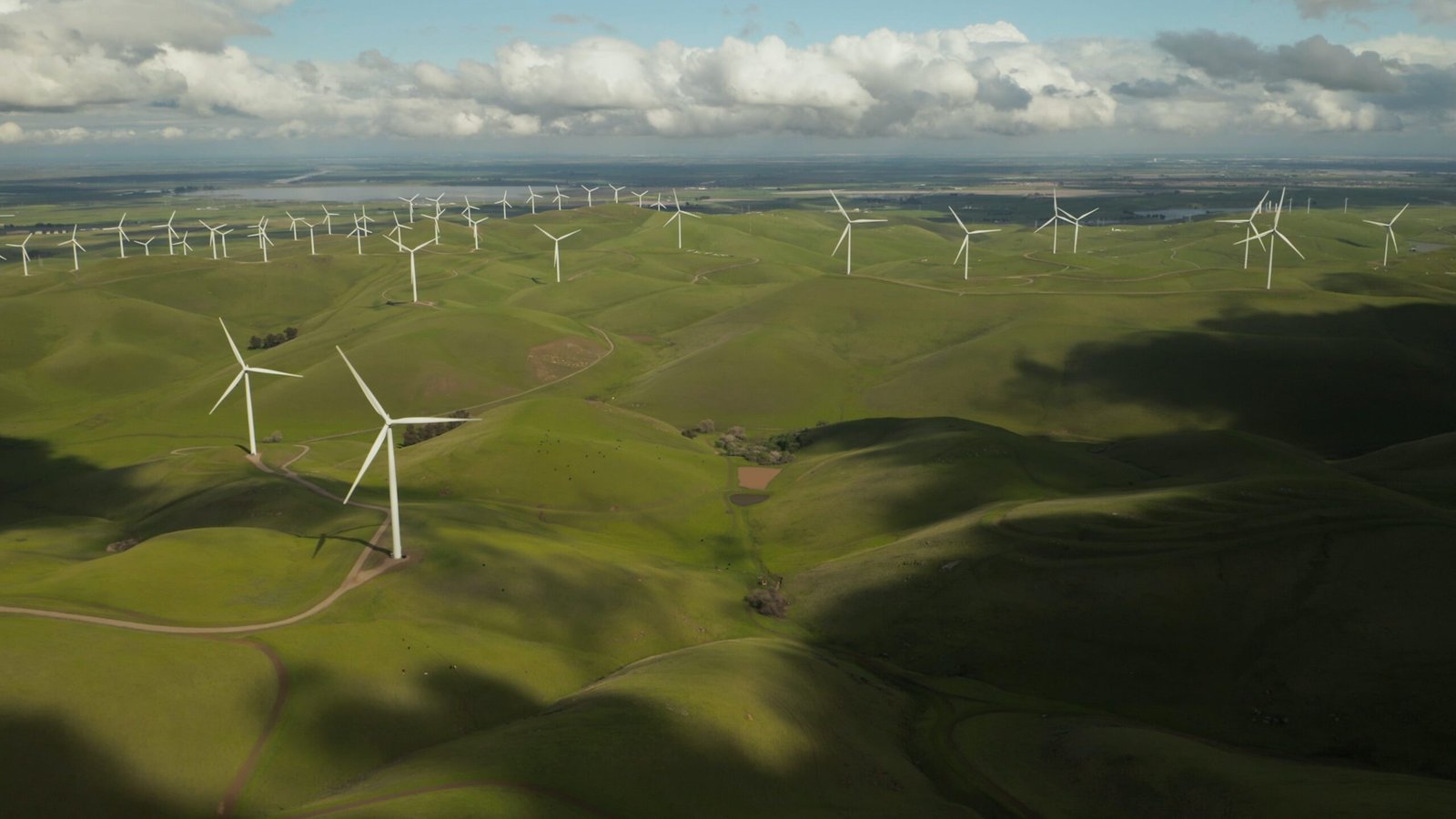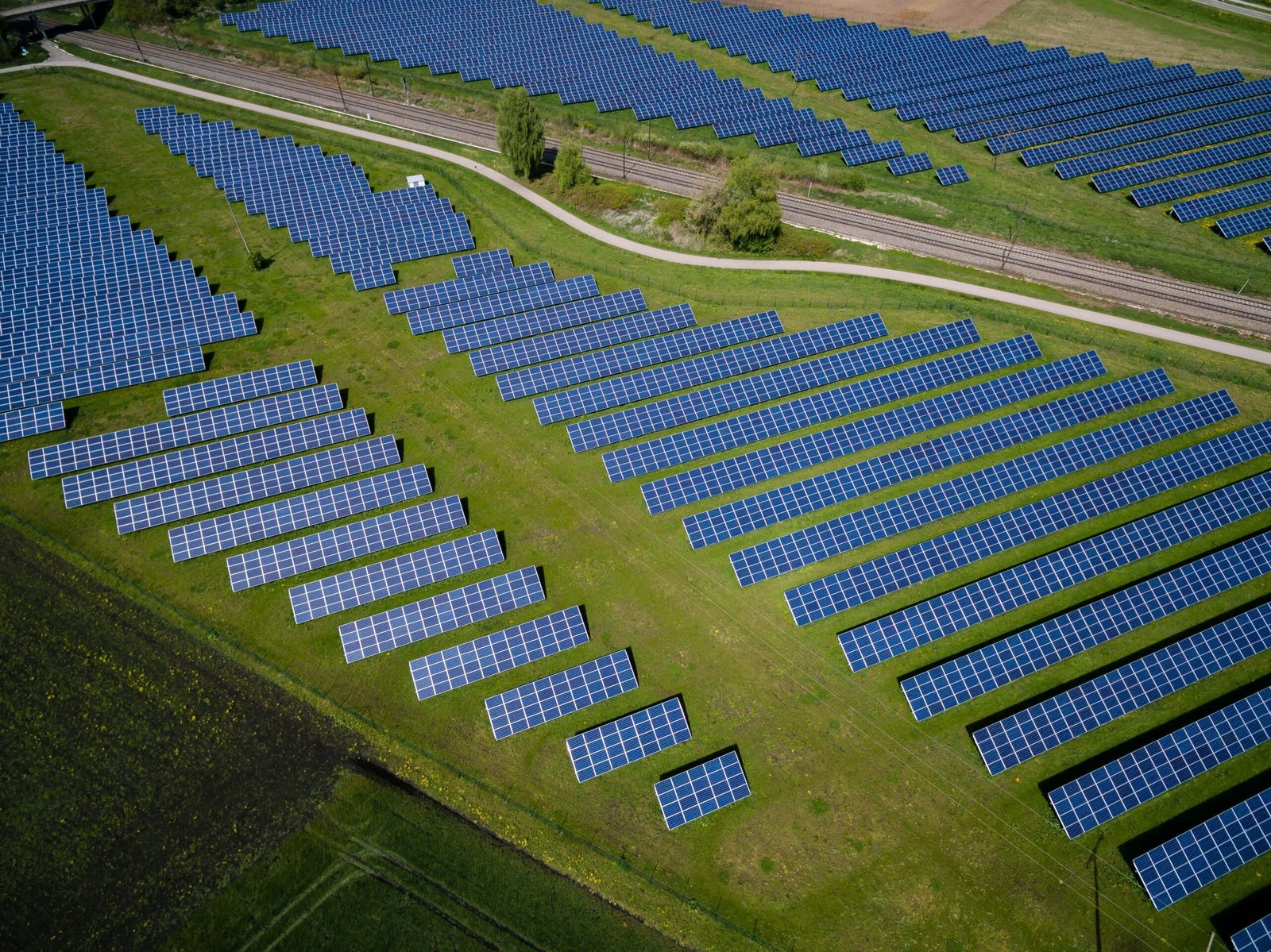Explore the advantages and disadvantages of non-renewable resources. Learn about their reliability, high energy density, established infrastructure, environmental impact, finite supply, dependency on imports, and lack of sustainability.
What are the Advantages and Disadvantages of Non-Renewable Resources?
Introduction:
Non-renewable resources play a significant role in meeting the world’s energy demands. However, they come with both advantages and disadvantages that need to be carefully considered. Also, read the advantages and disadvantages of windmill. In this blog post, we will explore the benefits and drawbacks of non-renewable resources.
Advantages of Non-Renewable Resources:
1. Reliable Source of Energy: Non-renewable resources such as coal, oil, and natural gas have been the primary sources of energy for centuries. They provide a reliable and consistent energy supply, ensuring the smooth functioning of industries and households.
2. High Energy Density: Non-renewable resources have a high energy density, meaning they contain a significant amount of energy per unit of volume or weight. This makes them efficient for transportation and storage, allowing for easy distribution to different locations.
3. Established Infrastructure: Non-renewable resources have well-established infrastructure and technologies for extraction, refining, and distribution. This makes them readily available and accessible, reducing the need for extensive development of new systems.
4. Cost-Effective: Non-renewable resources are often more cost-effective in the short term compared to renewable alternatives. The infrastructure for extracting and utilizing these resources is already in place, making them economically viable for many industries.
Disadvantages of Non-Renewable Resources:
1. Environmental Impact: The extraction and combustion of non-renewable resources contribute to air and water pollution, as well as greenhouse gas emissions. These activities have detrimental effects on ecosystems, climate change, and human health.
2. Finite Supply: Non-renewable resources are finite, meaning they will eventually run out. As extraction continues, the availability of these resources becomes increasingly limited, leading to rising costs and potential supply disruptions.
3. Dependency on Imports: Many countries heavily rely on imported non-renewable resources to meet their energy needs. This dependency can create geopolitical tensions and economic vulnerabilities, as prices and availability are subject to global market forces and political instability.
4. Lack of Sustainability: Non-renewable resources are not sustainable in the long term as they cannot be replenished. Continued reliance on these resources depletes the Earth’s finite reserves and hampers efforts toward a more sustainable and environmentally friendly future.
Conclusion:
Non-renewable resources have been instrumental in powering our modern world, but they come with significant drawbacks. While they provide reliable and cost-effective energy, their environmental impact, finite supply, dependency on imports, and lack of sustainability pose challenges. Also, learn 10 Advantages and Disadvantages of Financial Analysis. As we strive for a greener and more sustainable future, it is essential to explore and invest in renewable alternatives to reduce our reliance on non-renewable resources.






